Table of content
Introduction
Caramelized sugar is a cornerstone of countless desserts, sauces, and even savory dishes. Its rich, golden hue and complex flavor—a blend of sweetness and nuanced bitterness—can elevate a simple recipe into something extraordinary. However, achieving the perfect caramel balance is easier said than done. One misstep, and your sugar can transition from golden delight to a bitter, acrid mess. If you’ve ever found yourself staring at a scorched pan wondering, “What went wrong?” or “How do I save this?”, you’re not alone. This article dives deep into the science of caramelization, the common pitfalls that lead to bitterness, and actionable steps to rescue even the most stubbornly bitter caramel. Whether you’re a home cook or a seasoned chef, these techniques will help you turn culinary mishaps into triumphs.
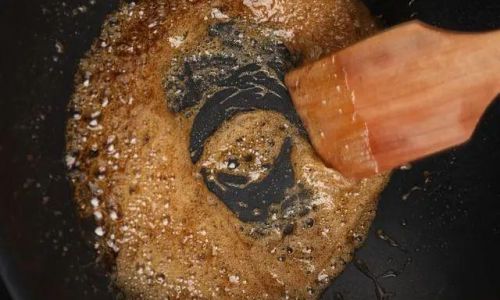
Understanding Caramelization: The Delicate Dance Between Sweet and Bitter
Caramelization is a chemical process that occurs when sugar is heated to high temperatures (typically between 320°F and 356°F or 160°C and 180°C). As the sugar molecules break down, they undergo a series of reactions, including:
- Dehydration: Water molecules evaporate, concentrating the sugar.
- Pyrolysis: Sugar molecules split into smaller compounds, releasing volatile aromatics.
- Polymerization: New compounds form, creating complex flavors and colors.
The result is a spectrum of flavors—from buttery and nutty to toasty and slightly bitter. Bitterness itself isn’t inherently bad; in moderation, it adds depth to dishes like crème brûlée, caramel sauce, or glazed hams. The problem arises when bitterness dominates, overpowering the sweetness. This imbalance often stems from overheating, improper stirring, or using the wrong type of pan.
Why Does Caramel Turn Bitter?
- Overheating: Exceeding 356°F (180°C) causes sugar to burn rapidly, producing harsh, acrid flavors.
- Uneven Heat Distribution: Hot spots in the pan can scorch sugar patches before others melt.
- Stirring Too Early: Agitating sugar before it melts can cause crystallization, leading to a gritty texture and uneven browning.
- Impurities: Even tiny amounts of water, fat, or foreign particles can disrupt caramelization.
Step-by-Step Guide to Fixing Bitter Caramel
Rescuing bitter caramel requires a delicate touch. The goal is to neutralize the bitterness without diluting the flavor or ruining the texture. Here’s how:
Add a Neutralizing Liquid
If your caramel tastes bitter but isn’t blackened, adding a small amount of liquid can help balance the flavors.
- Water: Start with 1–2 tablespoons of hot water. Pour it slowly while whisking vigorously to emulsify the caramel. The water will dissolve the burnt sugar particles and mellow the bitterness.
- Cream or Milk: For richer applications (like caramel sauce), add 2–3 tablespoons of heavy cream or milk. The fat content will coat your tongue, masking bitterness while adding luxurious texture.
- Fruit Juice: Apple or pineapple juice can introduce acidity and sweetness. Use 1–2 tablespoons and adjust to taste.
Pro Tip: Always use hot liquids to prevent the caramel from seizing. Cold liquids can cause the sugar to harden into lumps.
Introduce Acidity
Bitterness is the flavor opposite of sourness on the taste spectrum. Adding acidity can counteract harsh notes.
- Lemon Juice or Vinegar: A splash (½–1 teaspoon) of lemon juice or white vinegar can brighten the flavor. Start small and taste as you go.
- Buttermilk or Yogurt: For creamy caramels, stir in 1–2 tablespoons of buttermilk or Greek yogurt. The lactic acid adds tanginess while the fat smooths out rough edges.
Caution: Too much acid can make the caramel taste sour. Add incrementally.
Incorporate Fat
Fat is a flavor carrier that can coat your palate, reducing the perception of bitterness.
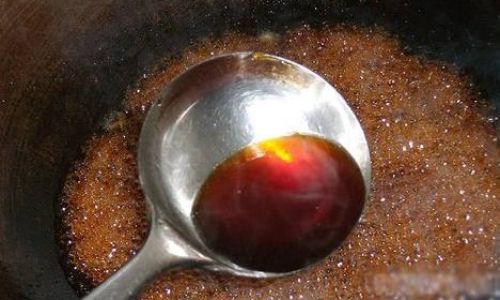
- Butter: Add 1–2 tablespoons of unsalted butter after removing the caramel from heat. The dairy fats will add richness and temper bitterness.
- Coconut Oil or Ghee: For vegan or dairy-free alternatives, use coconut oil or clarified butter (ghee). These fats have high smoke points and neutral flavors.
Tip: Ensure the caramel is slightly cooled before adding fat to prevent splattering.
Dilute with Sweetness
If the bitterness is mild, amplifying sweetness can restore balance.
- Simple Syrup: Mix equal parts sugar and water, then boil until clear. Add 1–2 tablespoons to your caramel.
- Honey or Maple Syrup: These liquids add natural sweetness and complexity. Use 1–2 tablespoons, adjusting to taste.
Warning: Avoid over-sweetening, as this can make the caramel cloying.
The “Restart” Method
If your caramel is irreparably burnt (blackened, smoky, or inedible), you may need to start over. However, you can salvage the pan:
- Deglaze the Pan: Add 1 cup of water and bring it to a boil. Scrape the burnt bits with a wooden spoon.
- Strain and Reuse: Once the water turns amber, strain it into a clean pot. Use this liquid as a base for your new caramel—it already contains caramelized flavors!
Prevention Tips: How to Avoid Bitter Caramel Next Time
- Use a Heavy-Bottomed Pan: Thick pans distribute heat evenly, reducing hot spots.
- Monitor Temperature: Use a candy thermometer and never exceed 350°F (177°C) for delicate caramels.
- Avoid Stirring Initially: Let the sugar melt undisturbed until it begins to liquefy, then swirl the pan gently.
- Add a Touch of Acid: A pinch of cream of tartar or lemon juice can prevent crystallization.
- Work in Small Batches: Larger quantities are harder to control. Start with 1 cup of sugar or less.
Troubleshooting Specific Scenarios
- Slightly Bitter Caramel: Add 1 tablespoon of cream and a pinch of salt. Salt enhances sweetness and masks bitterness.
- Very Dark Caramel: Use it for savory applications like glazes for meats or spicy sauces, where bitterness is welcome.
- Crystallized Caramel: If your sugar seizes into lumps, add 1–2 tablespoons of corn syrup (a hygroscopic agent) to prevent recrystallization.
Creative Uses for Rescued Caramel
Don’t let your fixed caramel go to waste! Use it in:
- Caramel Sauce: Whisk in butter and cream for a decadent dessert topping.
- Flan or Crème Caramel: The bitterness adds sophistication to these custards.
- Caramel Popcorn: Toss with popped corn and a sprinkle of sea salt.
- BBQ Sauce: Mix with ketchup, vinegar, and spices for a smoky-sweet glaze.
Conclusion
Mastering caramelization is a rite of passage for any cook. While bitter caramel can feel like a setback, it’s often salvageable with the right techniques. By understanding the science behind caramelization, using quality ingredients, and staying vigilant during the cooking process, you’ll minimize mistakes. And when accidents happen, remember: a little acidity, fat, or liquid can transform a culinary disaster into a delicious lesson. So the next time your sugar veers into bitterness, don’t panic—grab your whisk, take a deep breath, and let the rescue mission begin. With practice, you’ll learn to dance on the edge of sweet and bitter, turning even the most humbling mishaps into moments of culinary triumph.
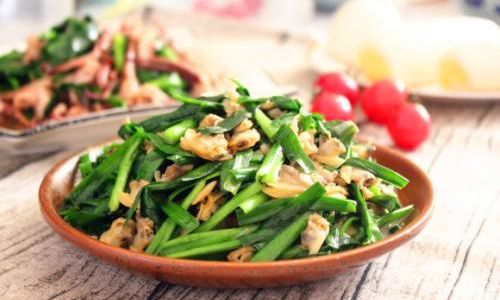
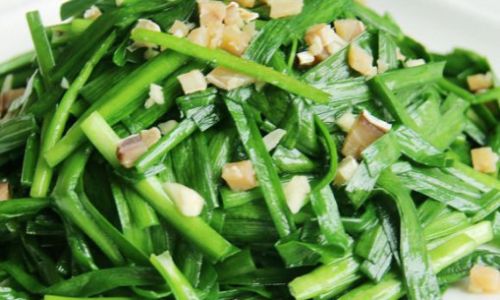

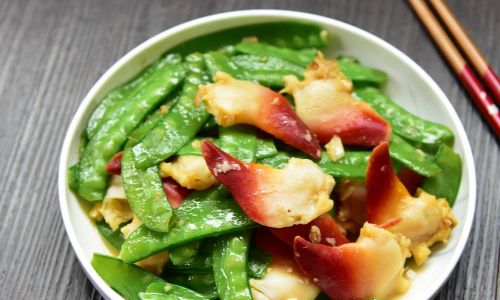

0 comments